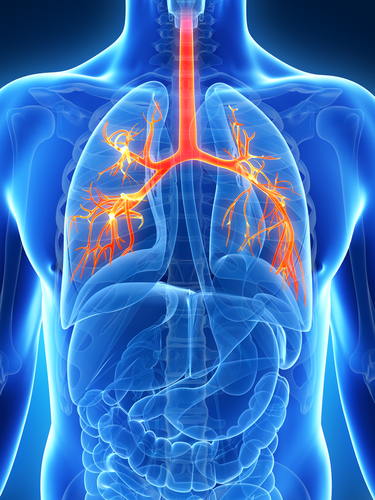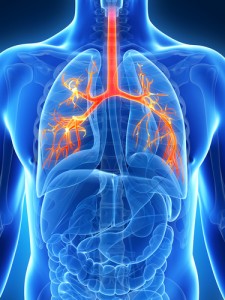Pulmonary Hypertension Among List of Major Lung Diseases Associated With NSP

 A new study published in the September issue of BMC Pulmonary Medicine reports that pulmonary hypertension is among the main lung diseases associated with non specific pattern (NSP), a condition characterized by normal total lung capacity (TLC) but an increased residual volume (RV). The study is entitled “Non specific pattern of lung function in a respiratory physiology unit: causes and prevalence: results of an observational cross-sectional and longitudinal study.”
A new study published in the September issue of BMC Pulmonary Medicine reports that pulmonary hypertension is among the main lung diseases associated with non specific pattern (NSP), a condition characterized by normal total lung capacity (TLC) but an increased residual volume (RV). The study is entitled “Non specific pattern of lung function in a respiratory physiology unit: causes and prevalence: results of an observational cross-sectional and longitudinal study.”
The underlying cause for the so-called NSP condition has been proposed to be a patchy collapse of small airways upon exhalation. In this study, the authors performed an observational study of lung function test (LFT) results retrieved from their Clinical Database Warehouse. LFT is identified by spirometry (meaning the measuring of breath) and plethysmography (measures’ changes in volume within an organ or whole body).
[adrotate group=”4″]
NSP was found in 6.6% of the LFT analyzed (841 NSP cases in 12 775 LFT). Among the 841 LFT with NSP, a final group of 185 selected Caucasian patients was analyzed to determine the symptoms associated with an indisputable diagnostic. The authors observed a moderate mean obstructive defect associated with mild air trapping.
In addition to pulmonary hypertension, the study also identified asthma, COPD/emphysema, bronchiectasis, sarcoidosis, interstitial pneumonia, and after bilateral lung transplantation as being closely associated with NSP. In the majority of patients, the symptoms associated with NSP remain stable, as does the condition itself — it does not progress. In addition, the authors suggest that measuring lung volumes by body plethysmography can be helpful when NSP symptoms are present.
[adrotate group=”3″]







